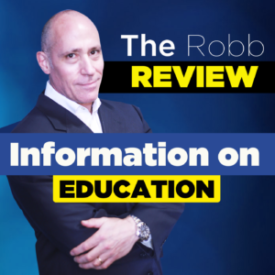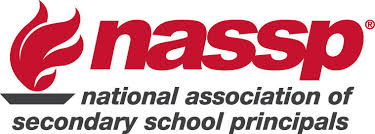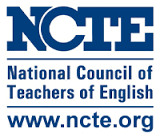Leadership: Reflection
All over the country schools are wrapping up another year, it is summer time. The pace of the final weeks of a school year can be intense. But when the school year ends we all have an opportunity to reflect and refocus for the year ahead.
In this blog, I am sharing some thoughts and reflection questions now that one year is over and a new year awaits.
School Story: Eric Sheninger reminds us often that if we do not tell our story someone else will. Did you and your staff have a successful year of communicating your story? I encourage you to explore how you can use social media to communicate to students, staff, parents, and your community. Also, evaluate your current communication methods and consider if they are working or have they been kept only because they are what has been done.
Building Student Success: Students always perform best when we lift them up and motivate them to reach new levels. How is your school promoting student success? Do you have effective support systems in place to help students who struggle academically and emotionally? Would students report to your school if they didn’t have to?
Providing Quality P.D. for Staff: Professional development focused on the needs of staff can have a powerful impact on learning. The opposite is also true. Professional development should be focused on the needs of staff and on-going throughout the year. Take time over the summer to reflect and speak with staff to find one or two professional development focuses for the year ahead. I encourage a tight focus on professional development VS a common method of using lots of trainings with little follow-up.
Empowering Staff: As readers know I believe in building commitment to goals instead of mandating commitment. Staff will be more committed if they feel valued and are empowered to be part of the journey. How are you empowering staff? Can you be more inclusive? Would people describe you as a person committed to building commitment or as a demander of compliance?
Preserving Hope: This seems so simple but it can be very hard to do day in and out. Students, staff, and communities always do best when there is hope. In the school, is your leadership promoting hope? Hope should be part of teaching, learning, and grading. For this summer I encourage you to think about grading in your school; are grading practices giving students hope or are they taking away hope. Students give up, check out, and often drop out when they have no hope.
As a school leader, you can be a force of change but it may also force some hard questions related to the practice of others and yourself. Answer my questions honestly and do something amazing for students, staff, families, and yourself.
Check out my book, The Principal’s Leadership Sourcebook
![]()








